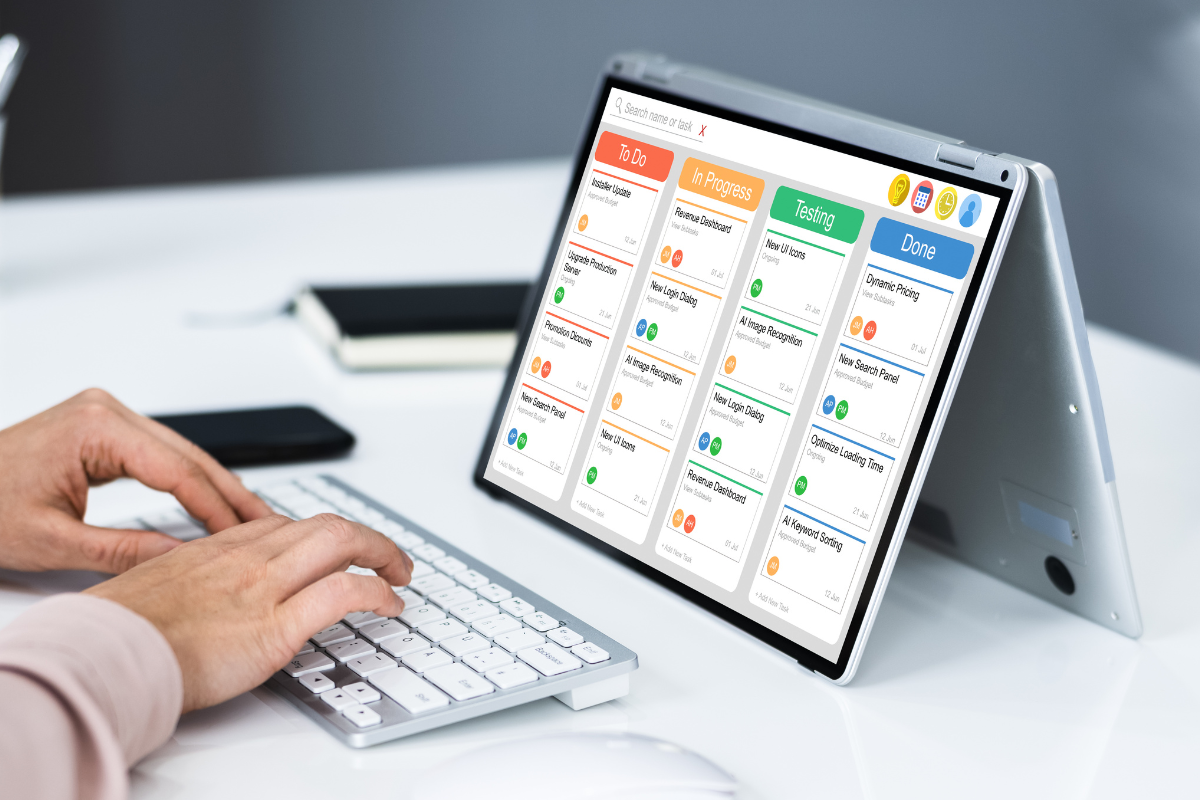As a shift planner, your job is to assign employees to work times while optimizing labor costs and ensuring proper staffing levels.
However, without the right set of tools, this can be a difficult and time-consuming task performed using ineffective methods like spreadsheets.
This article will discuss the top 4 tools that should be in every shift planner’s arsenal to save time, improve organization, and take the stress out of scheduling
#1 Online Shift Scheduling Software
The most essential tool in any shift planner’s toolkit is user-friendly, automated shift scheduling software.

Why is online scheduling software so crucial? For starters, it allows you to ditch the headaches of manually creating schedules and updates in spreadsheets.
With the right platform, you can easily build and adjust schedules for your entire workforce in one central spot. It handles the brunt of the recurring scheduling work so you can focus on high-level planning.
Moreover, some advanced platforms allow you to access even more powerful features. For example, shift scheduling with Papershift.com gives you features like:
- Shift swapping: Employees can easily trade shifts amongst themselves.
- PTO management: Leave requests can be submitted and approved online.
Shift scheduling software also has integrated messaging functions for seamless communication between managers and staff. This saves time otherwise spent fielding last-minute texts and calls about schedule changes.
#2 Calendar App
A calendar app is another essential scheduling tool for visualizing employee schedules.
While shift scheduling software houses all the details, a calendar view lets you see staffing at a high level for proper coverage. It’s invaluable for planning and ensuring you have the right number of people daily.
A calendar helps you coordinate your schedules with other events, deadlines, and milestones. And if it syncs with your scheduling software, any changes get automatically reflected in both places.
Top benefits of using a calendar app include:
- At-a-glance staffing visualization
- Long-term schedule planning
- Convenience of automatic syncing
- Event, milestone, and deadline coordination
So don’t forget to utilize a calendar app in addition to robust scheduling software. The combo gives you the detail you need, along with a high-level perspective.
#3 Payroll Software
Payroll software is a must-have tool that integrates seamlessly with shift scheduling. It streamlines paying your employees accurately and on time.

Rather than manually calculating hours and inputting data, payroll software syncs directly with your schedule. It brings in clock-in/out times, tracks overtime or holiday pay, and handles deductions.
The top benefits of integrating payroll software include:
- Automatic hourly wage calculations based on schedules
- Overtime, holiday, and sick pay support
- Tax calculations and filings
- Direct deposit capabilities
- Reporting on labor costs and more
With integrated payroll, you avoid manual errors that can lead to compliance issues and employee dissatisfaction. Employees get paid promptly and accurately.
For a true end-to-end scheduling and payroll solution, use software that offers integrated payroll features built right in. That completes the time tracking and pay cycle for ultimate efficiency.
#4 Reporting Software
Reporting software provides invaluable analytics and insights into your schedules. With custom reports, you can make better-informed staffing decisions.
Reporting gives you a bird’s-eye view of metrics like:
- Labor costs
- Employee absenteeism
- Overtime
- Schedule compliance
- Staffing requirements
Reporting software helps you identify problems areas, optimize productivity, and enhance scheduling. For example, you can adjust understaffed shifts, restrict excessive overtime, or develop retention plans based on absence metrics.
Robust shift scheduling systems like Papershift have built-in reporting to eliminate the need for third-party software. With just a few clicks, you can generate reports to analyze schedules from every angle.
So, don’t underestimate the power of reporting. The insights it provides are some of the most valuable tools for efficient, cost-effective shift planning.
Conclusion
Shift planning can be a drag without the right gear. But it doesn’t have to be. With the must-have tools we just covered, you can transform that headache into a breeze.
Scheduling software, calendar apps, payroll integration – these tools will seriously upgrade your shift planning game. So treat yourself and your team to an arsenal that makes schedules easy-peasy.